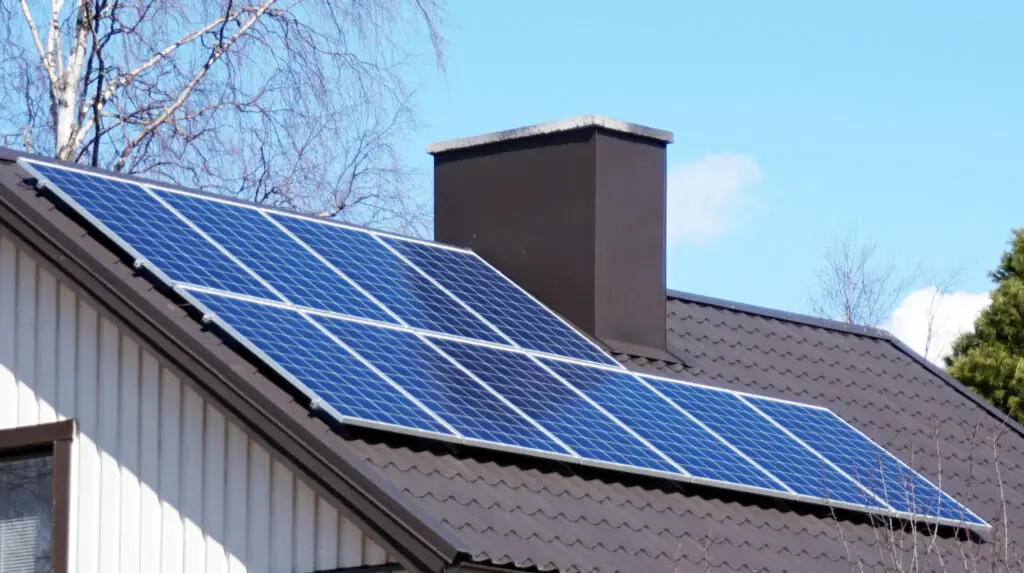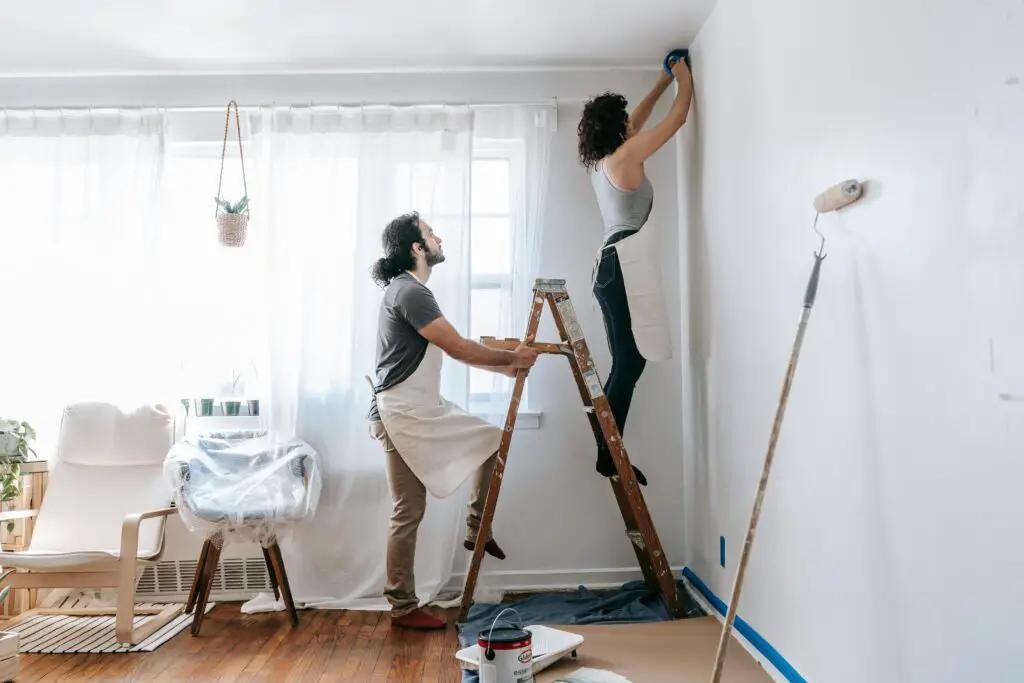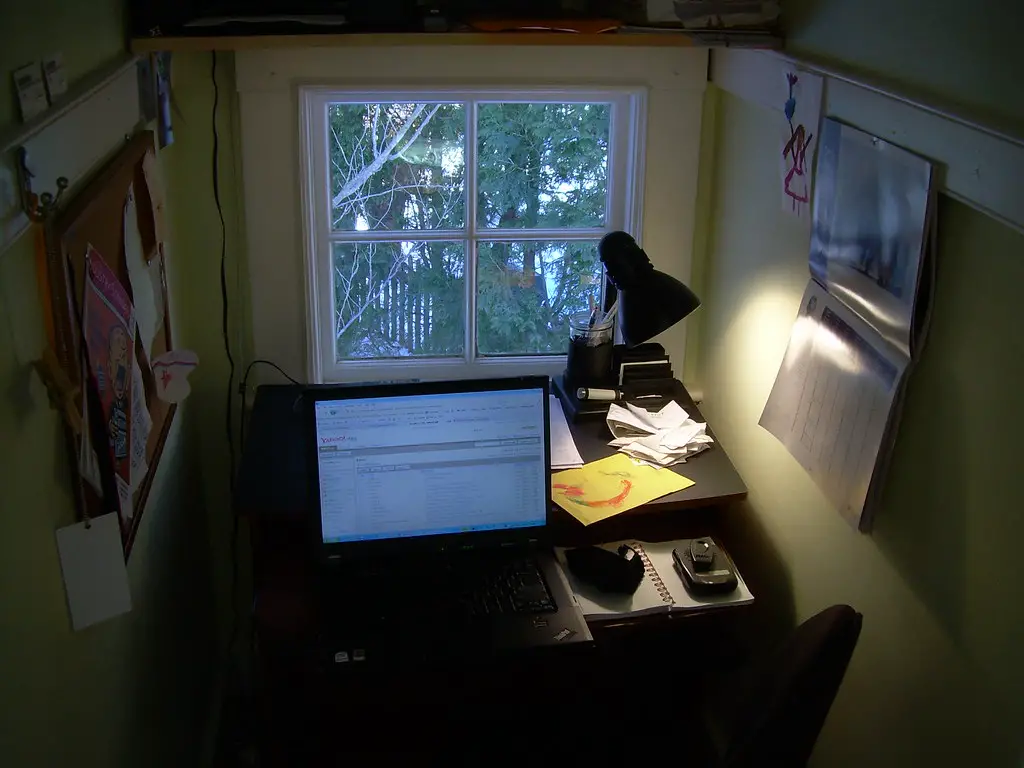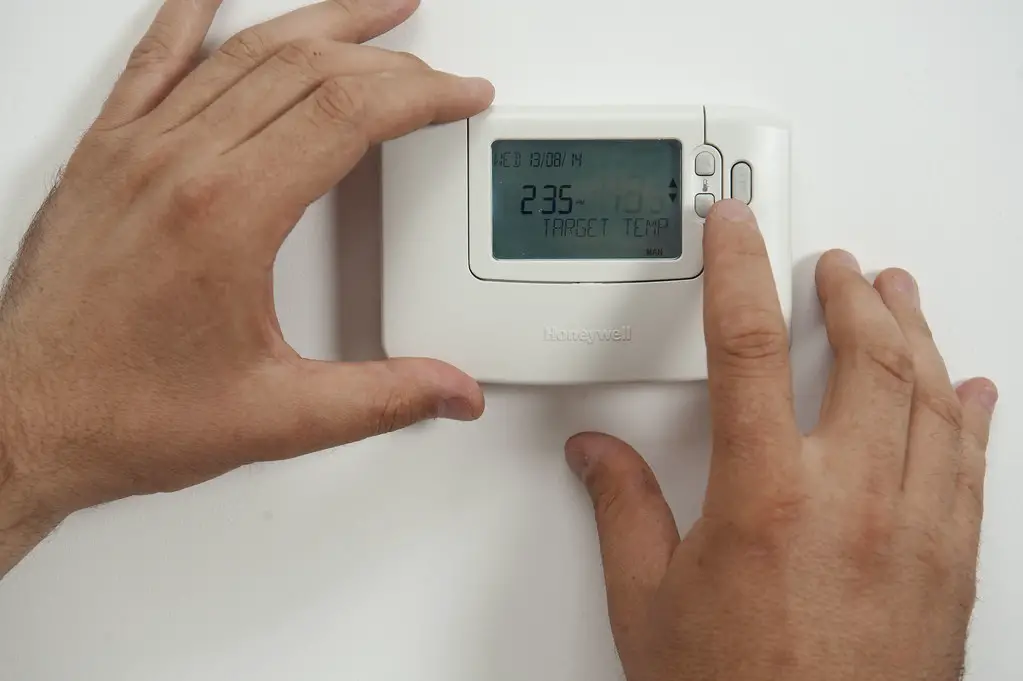1. Eliminating Bedrooms

Converting a bedroom into a walk-in closet or home gym might fit your lifestyle, but it reduces the overall bedroom count. Homes with fewer bedrooms often appeal to a smaller pool of buyers, significantly affecting resale value.
2. Over-Customized Kitchens

High-end kitchens with ultra-specific appliances or exotic materials may not appeal to every buyer. A built-in pizza oven or turquoise countertops could be more polarizing than practical. Stick to upgrades that blend functionality and universal appeal.
3. Removing All Bathtubs

Replacing every bathtub with a shower is a mistake that can alienate families or buyers who prefer baths. Keep at least one tub in your home to preserve its marketability to a wider audience.
4. Bold Paint Choices

Vibrant, trendy colors might feel exciting, but they can be a turn-off to potential buyers. Neutral tones are more appealing and allow buyers to imagine their own design ideas in the space.
5. Installing Wall-to-Wall Carpeting

While carpet can be cozy, especially in bedrooms, it’s less desirable than hardwood or luxury vinyl plank. Carpet is harder to maintain and can trap allergens, making it a poor choice for most spaces.
6. Luxury Home Theaters

A dedicated home theater might be your dream, but the cost to install one rarely matches its impact on resale value. Many buyers would prefer a multipurpose space rather than a specialized one.
7. Outdated Solar Panels

Solar panels can be an asset, but outdated or improperly installed systems might do more harm than good. Buyers may view these as liabilities if they’re no longer efficient or have unresolved maintenance issues.
8. Overbuilt Outdoor Areas

Spending excessively on outdoor kitchens, oversized patios, or custom pools doesn’t always provide a good return. Buyers in some regions might view these as excessive or too costly to maintain.
9. Popcorn Ceilings or Texture Walls

Popcorn ceilings and heavily textured walls are outdated and unappealing. If your renovations include adding these features, it’s a step backward that will likely lower your home’s desirability.
10. Overly Personalized Landscaping

While landscaping boosts curb appeal, overly elaborate or unique designs can alienate buyers. Avoid excessive water features, exotic plants, or designs that require high maintenance.
11. DIY Upgrades Done Poorly

DIY projects that cut corners or look amateurish can hurt your home’s value. Examples include uneven tiling, poorly painted cabinets, or improperly installed fixtures. Invest in professional work for lasting value.
12. Removing Closets

Turning closets into additional living space may seem creative, but homes with fewer storage options are less appealing to buyers. Closets are a must-have feature for modern homes.
13. Adding Trendy Fixtures

Trendy light fixtures or hardware can date your home quickly. Stick with classic, timeless designs to keep your space fresh and appealing.
14. Skimping on Quality

Choosing low-cost materials for major renovations—like laminate countertops or low-quality vinyl flooring—can make your home feel cheap. Durable, mid-range materials offer better value in the long run.
15. Neglecting Energy Efficiency

Homes without energy-efficient features, like updated windows or smart thermostats, may struggle in the market. Buyers are increasingly looking for homes that save on utilities and reduce environmental impact.
